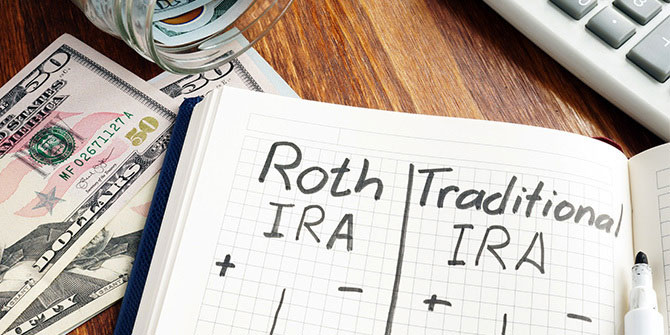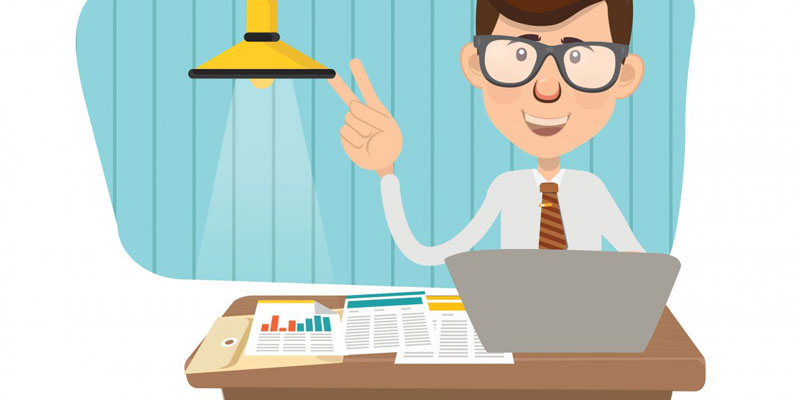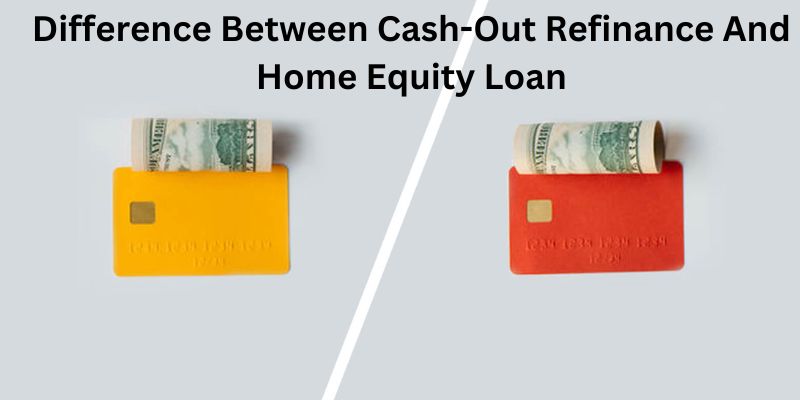Aug 08, 2022 By Triston Martin

Whenever the cardholder's bank reverses a debit or credit card transaction that the cardholder has disputed, the transaction is known as a chargeback. In the context of a chargeback, the term "payment dispute" is frequently used.
We must first define the term "chargeback" to comprehend its meaning. To resolve the issue, the bank will fully restore all funds to the cardholder, and the merchant will not be required to authorize any additional transactions with the cardholder.
As long as the chargeback dispute is credible, banks frequently review disputed transactions and offer temporary credit to clients' accounts.
It was recast as a call for action.
Chargebacks on credit cards were established in 1974 when the Fair Credit Billing Act was changed to the Truth in Lending Act. Debit card chargebacks were first made legal by the Electronic Fund Transfer Act of 1978. These acts were meant to benefit consumers.
Chargebacks were inevitable when credit card information was stolen and used for fraudulent purposes with little or no redress for the cardholder. Would it make more sense if you looked at it this way? A stolen or lost credit card is used to make fictitious purchases. There was no way for the cardholder to get their money back once the merchant had taken their money.
If cardholders and merchants can reach a chargeback agreement, they can both get their money returned from their banks through the chargeback process. Although it wasn't referred to as a chargeback at the time, this technique would go on to form the foundation of the present dispute settlement system.
In what way do chargebacks function? 
Customers initiate chargebacks, banks investigate the claims, and merchants pay the cost. Chargebacks might take months or even years to complete in their entirety.
In most cases, banks file chargebacks when customers contact them to dispute a transaction for reasons such as authorization or processing concerns. Many individuals do this because they don't identify the allegation and think it's fake.
A client may submit a dispute with their credit card provider if they believe they haven't received what they paid for from a business. If neither party agrees to take responsibility, a chargeback procedure will continue until the card network is called in to resolve it.
A chargeback follows a set of stages.
Before beginning the chargeback process, the retailer must select whether or not to accept the chargeback and move to representation. The issuing bank reviews the proof the merchant provided and decides whether to reverse or uphold the chargeback. The chargeback process normally ends here. However, there are a few exceptions to the rule of thumb.
When disputing a transaction with a customer, a client's issuing bank evaluates whether or not they have grounds to file a chargeback. Upon receiving news that a creditor has granted a chargeback, the acquiring creditor, or the business' bank, is obligated to debit the business' account.
The merchant has two options: either accept the refund or challenge it by resubmitting the charge and providing the necessary evidence. In this context, the term "representation" is appropriate. Before making a judgment, the issuing bank will analyze the new evidence. If the jury determines in favor of the merchant, the money will be returned to him.
This new pre-arbitration option is available to parties unsatisfied with their case's outcome. There are many instances in which the issuing bank decides in favor of the merchant, but new information later surfaces that casts doubt on the validity of their earlier decision.
Because of what it signifies to the retailer, a chargeback is a loss.
Chargebacks can cost businesses up to double the transaction value when fees and other costs are included. These behaviors may have significant effects on the merchant's chargeback proportion. Following the rules set by the card networks and other financial institutions, a merchant's merchant account may be terminated if their chargeback percentage is too high. To make it easier for customers, Visa has reduced its barrier from 1 percent to 0.9 percent.
In general, how many chargebacks are there every year?
Chargeback information is only available to those directly involved in chargebacks, and the card networks don't appear interested in releasing what they know. As a result, precise statistics on chargeback frequency are difficult to come by. Over half of all customers have had to contest a charge, and most of those customers have had to battle numerous charges.
Year after year, chargebacks are on the rise. With the rise in disputes brought on by the COVID-19 epidemic, it's not unexpected that we've already far outpaced the $35 billion chargeback total forecasted by Aite Group's 2018 report.
-

Our Cash Offers More Advantageous to Sellers?
Mar 17, 2022
-

Succeed by researching hard and thinking clearly
Jun 06, 2021
-

Lenders for Mobile Home Financing
Jul 15, 2022
-
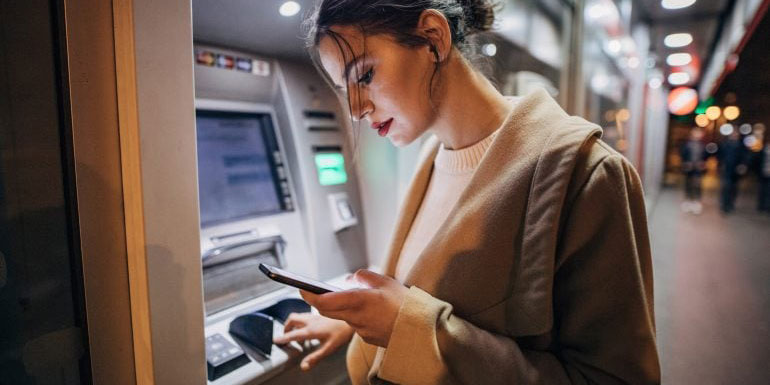
Ways to Open a Savings Account
Feb 20, 2023
-
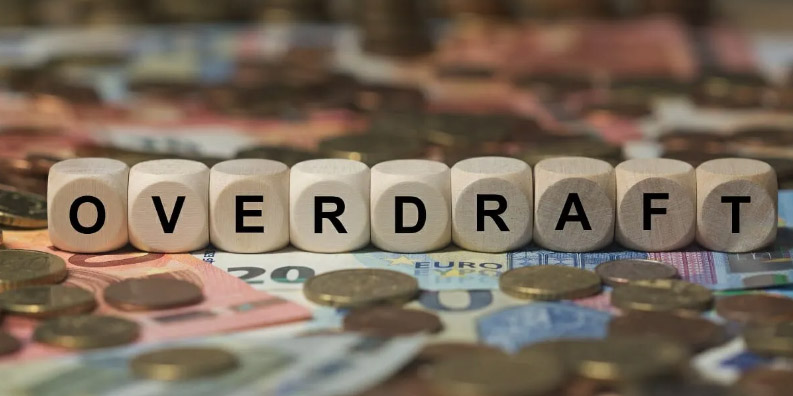
What Is an Overdraft?
Aug 07, 2022
-

Best Appointment Scheduling Software for Small Business
Jun 16, 2023
-

Frugal Living Tips Plus How to Beat Frugality Fatigue
Jun 11, 2023
-

See How: Is It Possible to Retire at 45 With $500,000?
Jul 23, 2022
